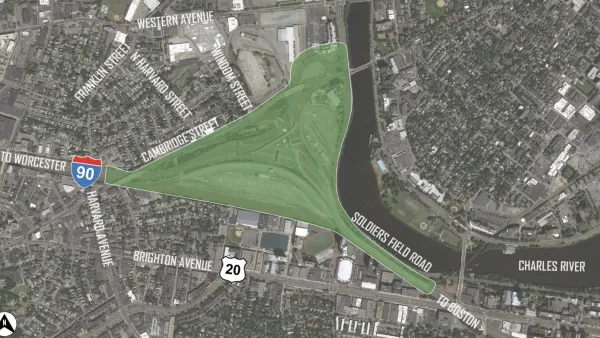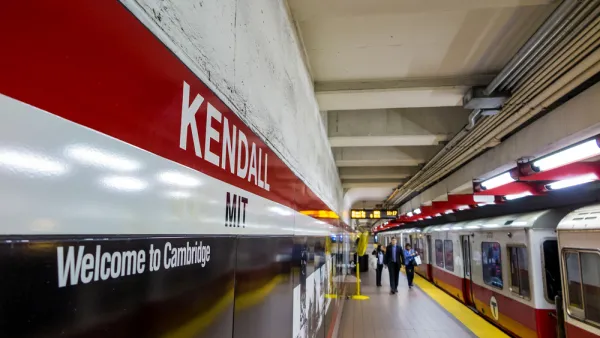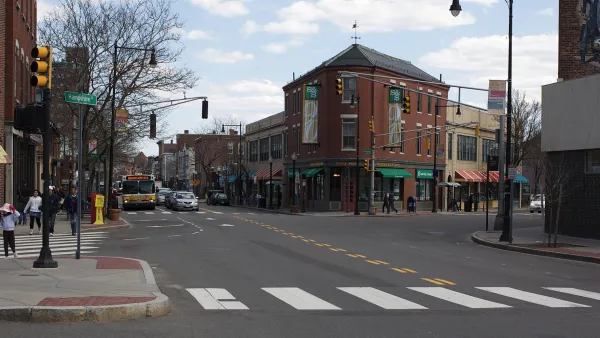In Boston for a conference, Mary Newsom reflects on the lessons that Sun Belt cities can take from historic cities like Cambridge to prepare for the future.
"It's cosmic irony of a sort that the cities most adapted to thrive in 21st-century America may well be our oldest. And those likely to have the toughest time adapting are new – Sun Belt metropolises such as Charlotte, which grew to cityhood in an era of auto travel, air-conditioning and exuberant suburban building.
As I love to do, I spent time last week just walking the old brick sidewalks of this pre-Colonial city across the Charles River from Boston. Although cars make life easier in Cambridge, you don't really need one, and the excellent regional transit system – buses, subways and commuter rail – isn't the only reason. Almost every street has a sidewalk. Cambridge manages to stay bicycle- and pedestrian-friendly despite sometimes heavy traffic. Equally important, there's an old-fashioned mix of stores and housing, so you really can dash out for a loaf of bread or take-out Thai and be home in 10 or 15 minutes. Apartment buildings and houses split into two or three condos sit close together, sprinkled among single-family homes.
Like many older U.S. cities, Cambridge was built in an era when land was treated as precious and wasn't routinely wasted on half-acre lawns or "buffers." It's compact and transit-friendly."
FULL STORY: Old cities can be models for the new

National Parks Layoffs Will Cause Communities to Lose Billions
Thousands of essential park workers were laid off this week, just before the busy spring break season.

Retro-silient?: America’s First “Eco-burb,” The Woodlands Turns 50
A master-planned community north of Houston offers lessons on green infrastructure and resilient design, but falls short of its founder’s lofty affordability and walkability goals.

Delivering for America Plan Will Downgrade Mail Service in at Least 49.5 Percent of Zip Codes
Republican and Democrat lawmakers criticize the plan for its disproportionate negative impact on rural communities.

Test News Post 1
This is a summary

Test News Headline 46
Test for the image on the front page.

Balancing Bombs and Butterflies: How the National Guard Protects a Rare Species
The National Guard at Fort Indiantown Gap uses GIS technology and land management strategies to balance military training with conservation efforts, ensuring the survival of the rare eastern regal fritillary butterfly.
Urban Design for Planners 1: Software Tools
This six-course series explores essential urban design concepts using open source software and equips planners with the tools they need to participate fully in the urban design process.
Planning for Universal Design
Learn the tools for implementing Universal Design in planning regulations.
EMC Planning Group, Inc.
Planetizen
Planetizen
Mpact (formerly Rail~Volution)
Great Falls Development Authority, Inc.
HUDs Office of Policy Development and Research
NYU Wagner Graduate School of Public Service





























